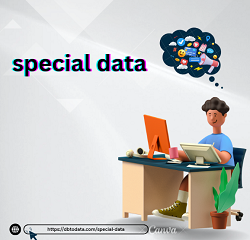Hello all graphic design enthusiasts! Today we’re going to dive into a topic that’s shaking up creative foundations: Artificial Intelligence (AI) . Have you ever wondered how technology is transforming the way we create visual art? Well, get ready for an exciting ride, because AI is here to unleash a revolution in the world of design.
Imagine having a creative assistant that not only understands your ideas but also surprises you with unexpected suggestions. That’s what AI is doing in graphic design . In this article, we are going to explore together how this technology is impacting our field. We will dive into this exciting journey to discover how AI is not only changing the way we design but also how we are redefining what it means to be creative in the digital age.
AI in Design Tools: An Overview
Diving into the world of modern graphic design means exploring a terrain where Artificial Intelligence (AI) has become an inseparable companion for creatives. The integration of AI into design tools has triggered a revolution that goes beyond the simple automation of tasks, opening up new possibilities and expanding creative horizons.
The journey begins with the automation of routine tasks . Initially, AI was fusion database introduced to relieve designers from the burden of repetitive tasks, allowing them to focus on more creative aspects of their work. However, this embryonic phase only scratches the surface of what was to come.
1. Photoshop Generative AI: Automated Creation that Inspires
A jewel in any designer’s arsenal is Photoshop’s generative AI , which has taken creativity to new heights. Not only does this feature automate repetitive tasks, but it also offers unexpected visual suggestions, functioning as a virtual the book values describes collaborator that drives the exploration of ideas. Designers no longer just create; they now co-create with AI, developing a constant flow of inspiration.
2. Dall-E: Transforming Ideas into Unusual Images
Over time, design tools evolved toward a deeper integration of afb directory artificial intelligence. The ability of machines to learn patterns and understand context led to the creation of systems that don’t just execute commands but understand the essence behind design decisions. This critical step marked the beginning of creative collaboration, where AI moved from being a passive assistant to an active partner in the creative process.

